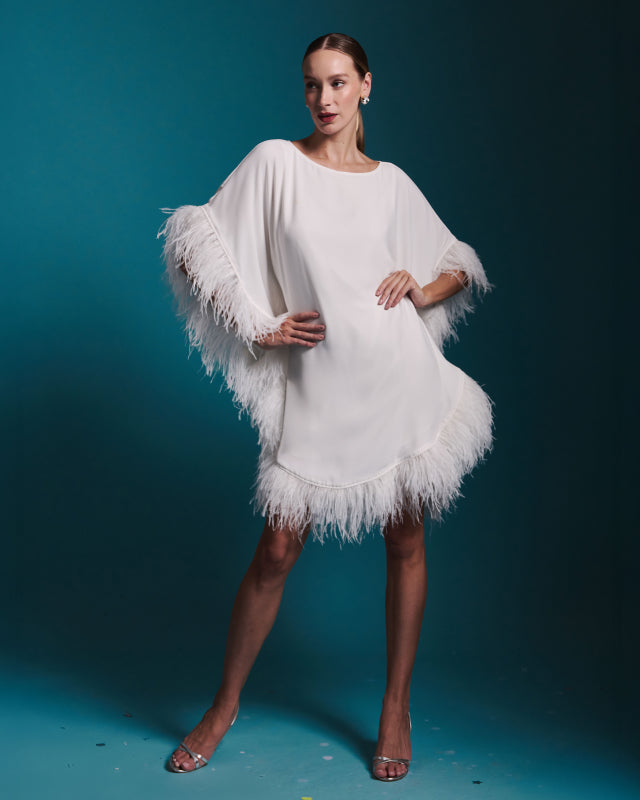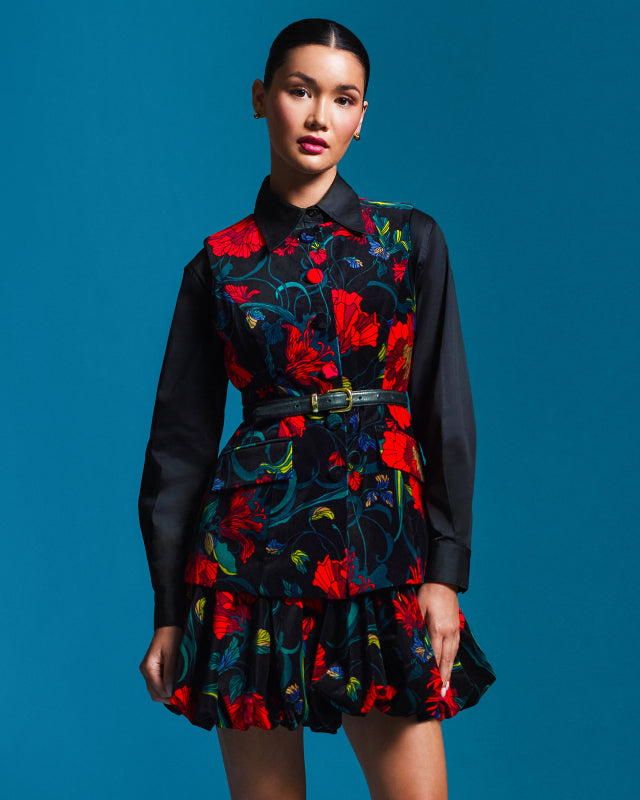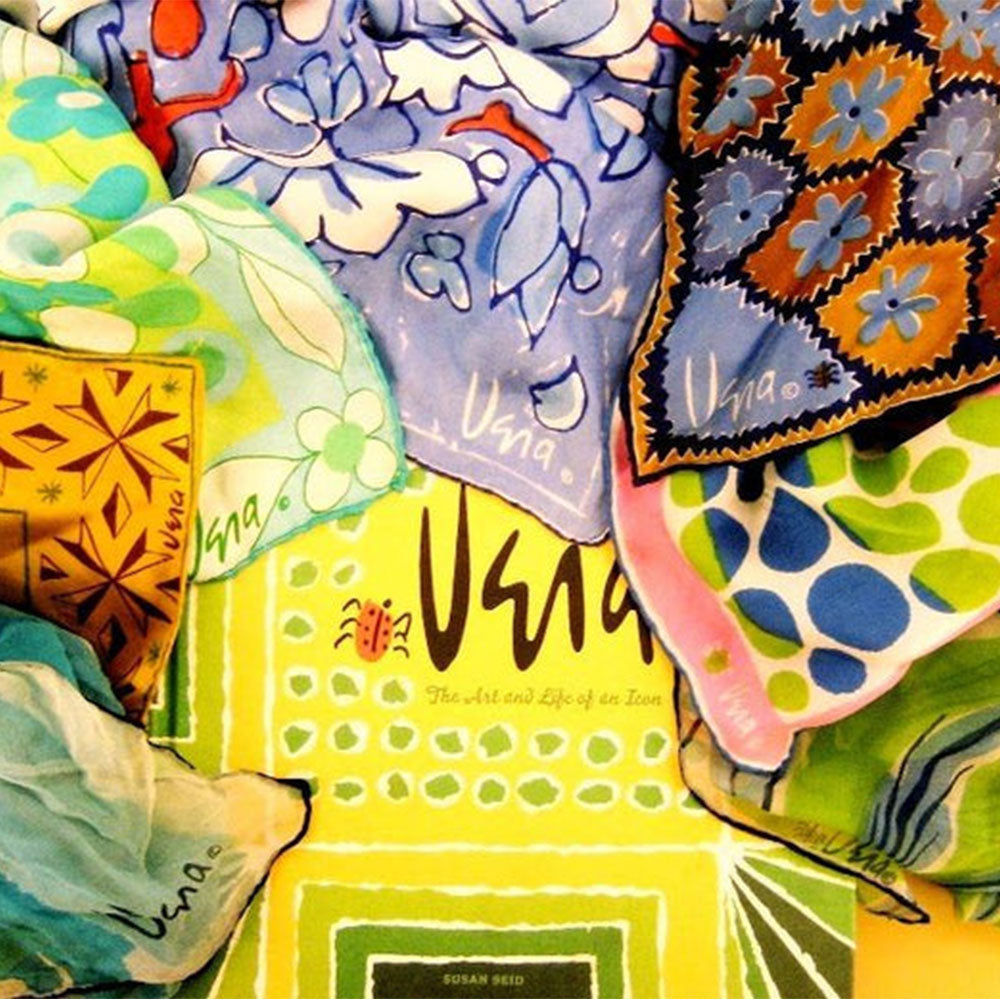
Aaronel deRoy Gruber
Artist, sculptor, and creator, Aaronel deRoy Gruber was a talented and innovative artist, a pioneer in acrylic media, and a great inspiration to Trina and her brand.
About the Artist
Her Inspiration
Aaronel deRoy Gruber’s excitement in the 1960s stemmed from the era’s foremost American abstract sculptor, David Smith (1906-65), inspiring her to incorporate the use of steel in her designs. “Seeing David’s field of steel sculptures there was most inspiring,” Aaronel recalled. “He influenced me because his works were so dynamic and powerful.”

Her First Works
Aaronel soon became an innovator in the growing field of polymer and motor-driven sculpture and began crafting pieces using steel and Plexiglas kinetic objects. Later, in response to a suggestion to use lighter materials, Aaronel found that Plexiglas and vacuum-formed plastic could be shaped in molds to her designs. For over twenty years, Aaronel produced hundreds of beautiful transparently colored Plexiglas sculptures, often self-illuminated and revolving.
In response to why she uses plastic and Plexiglas in her work, Aaronel said, “I like its transparency, the overlapping of colors forming other colors and the effect of contained light within. When the sculpture is motorized, it takes on a life of its own. It is one thing by day and another by night. Sculpture moving at slow revolutions suggests the orbits of the sun and the moon and makes objects appear to change by casting them in new attitudes.”

In the May 1978 issue of Arts Magazine, Gruber states, “Although the sculptures are minimal in concept, they are not empty...I am inspired by the mystery inherent in the sculpture. It is like looking into a crystal ball in which you see things reflected. When the sculptures also have a motion that is strange and silent, their space is no longer static but alive!”

Aaronel’s art is included in the permanent collection of The Carnegie Museum of Art, the Butler Institute of American Art, the Westmoreland Museum of American Art, the Frick Art Museum, the Smithsonian Institution in Washington, D.C., and the Kawamura Museum of Modern Art in Japan.

Information gathered from aaronel.com




